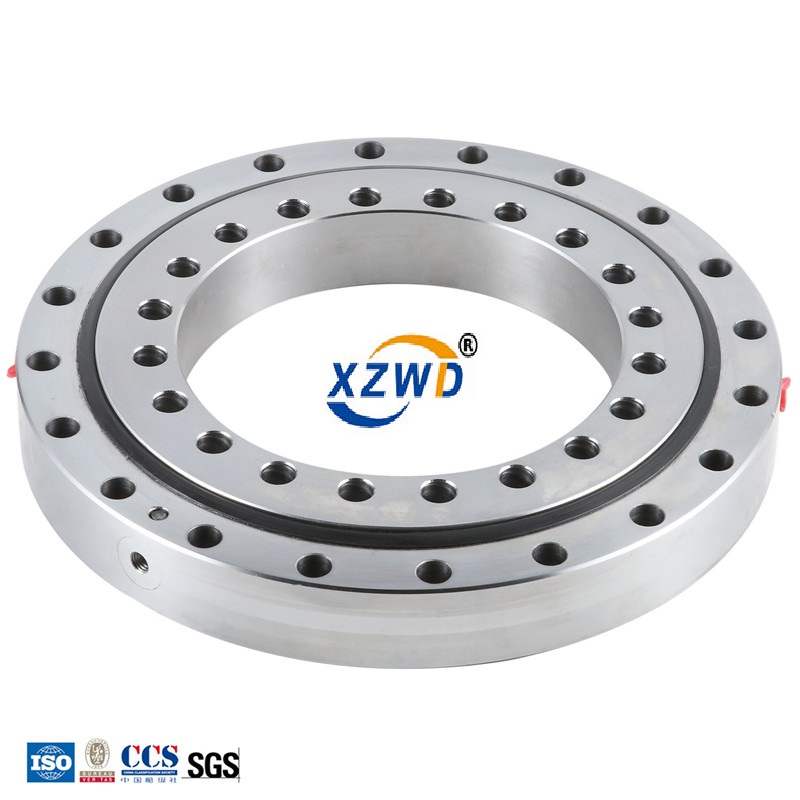Views: 18 Author: Site Editor Publish Time: 2020-07-27 Origin: Site








Whether the application requires high-speed or low-speed operation, the operating speed is an important consideration when specifying bearings. Need to consider motion characteristics, rotation accuracy, stiffness, load capacity, vibration and shock resistance and other factors. Many low-speed applications require modifications to standard bearings or custom Bearing designs.
In fact, many low speed applications need to modify standard bearings, even custom bearings. this possibility increases as the speed decreases. In this case, the designer shall consult the professional Bearing manufacturer. specify your performance requirements, loads, dimensions and weight limits (and any other requirements) and have the manufacturer work for you based on its own experience.

· Definition of low speed bearings
· Typical low speed bearings
· Performance requirements
The dynamic conditions that determine the Bearing design are expressed by the linear speed or the pitch linear speed on the Bearing pitch line. The pitch line speed below 500 fpm is generally considered low speed, while fpm 500 to 3,000 are mid-range. fpm more than 3,000 are considered high-speed.
But remember that low linear speed does not necessarily mean low angular speed. Low speed bearings with nodal diameter less than 1.9 inches can rotate at a speed of 1,000 rpm. on the other hand, if the pitch line diameter is much larger (e.g .65 inches), the Bearing is considered as a low speed Bearing only if the angular velocity is less than 30 rpm.
A variety of bearings can be used in low speed applications, but thin section bearings and slewing bearings are the two most common.
Thin section bearings are a good solution when design standards combine strict space limitations with requirements for light weight, high stiffness and precise positioning. Thin cross-section bearings are usually provided in the form of radial contact, angular contact and four-point contact.
The slewing Bearing is usually a large diameter bearing, which can bear both radial, thrust and torque loads when rotating the structure on a fixed base. Applications include cranes and gun racks. These bearings usually bear heavy loads of slow, intermittent or partial rotation. they may have single or multiple row balls and roller elements.
Although the performance standard of low speed Bearing is roughly the same as that of high speed bearing, the performance requirement can not be said to be the same.
Motion characteristics are the main factor in determining whether special attention must be paid to lubricating the Bearing surface because they vary greatly and lubrication usually becomes more difficult as speed decreases. Some low-speed bearings operate in intermittent motion, some in oscillating motion and some in continuous motion.
stiffness is another key factor for low speed applications. There are many factors affecting rigidity, including the configuration of bearings, diameter, pretightening force and how to support them. for maximum accuracy, stiffness limits should be specified in radial, axial or angular mode.
Vibration and impact resistance can affect long Bearing life at low speeds, although this load is more the result of external forces than the imbalance of rotating mass or non-precision components. In addition, Bearing subjected to vibration may require special lubrication measures to prevent fretting corrosion/wear.
Invitation to Visit Xuzhou Wanda Slewing Bearing Co., Ltd. at Bauma 2025
Anti-rust advice for stocked slewing bearings of XZWD company
Xuzhou Wanda slewing bearing successfully delivered a 5 meters slewing bearing for floating crane
The Surface Treatment of Slewing bearings: Painting, Zinc spraying, Zinc Plating, Nickel Plating.
Slewing bearing with external gear vs slewing bearing with internal gear
Home | About Us | Products | News | Application | Support | Contact Us


